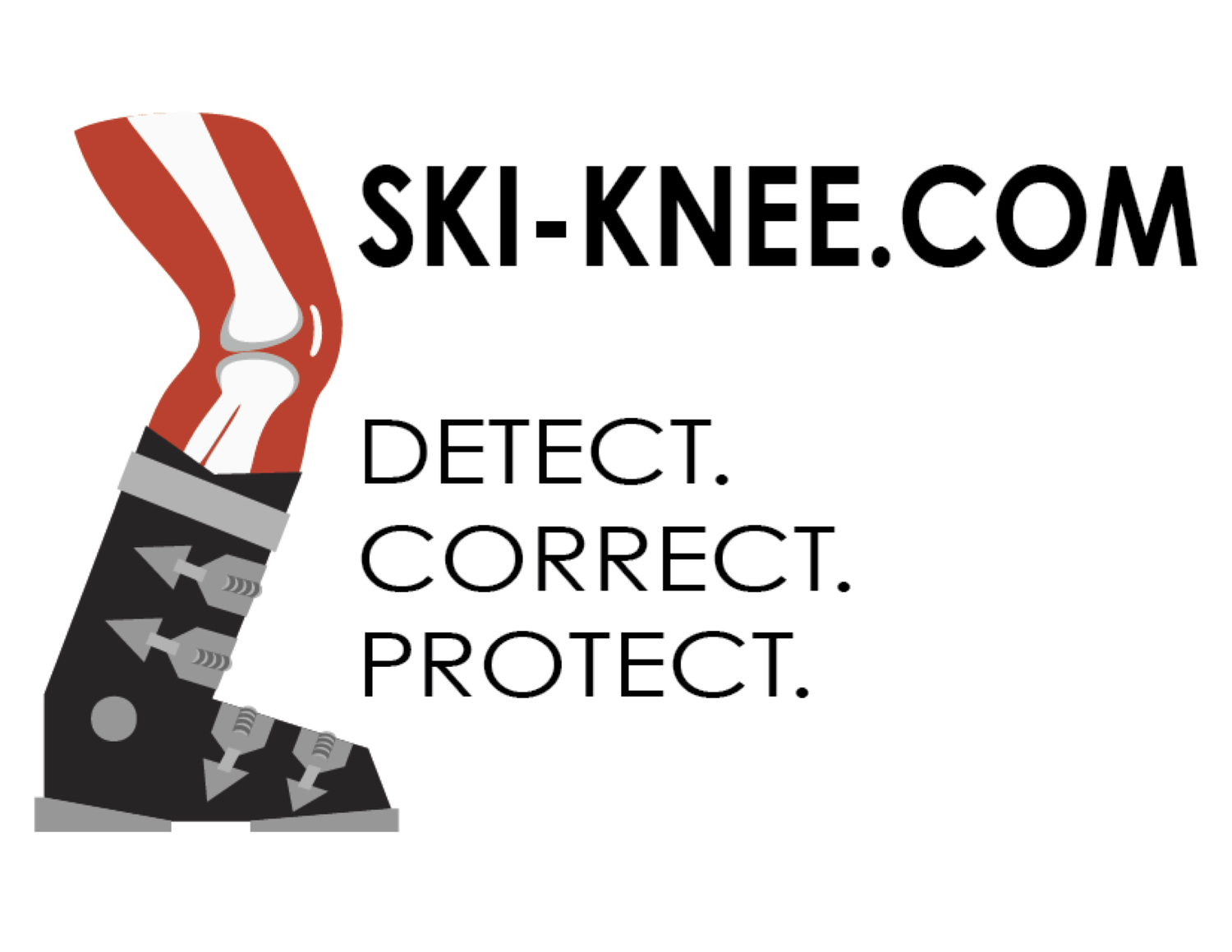What is the ACL and how is it injured?
The anterior cruciate ligament (ACL) is attached to the middle of the top portion of the tibia blending with the meniscus, and ascends to the femur. [1] In other words, the ACL is attached to the top of your calf bone and the bottom of your thigh bone. The ACL mechanically stabilizes the knee joint in twisting and pivoting motions, resisting forward shifting forces and inwards rotation of the tibia.
The tearing of the ACL occurs in situations where the knees collapse inwards into a position called valgus with an extended knee, but can also occur during hyperextension, extreme internal rotation of the tibia or situations of deep knee flexion. [2] The ACL is subjected to extremely high forces because it lies between the two longest bones in the body and is surrounded by the most powerful muscles of the body. [3]
Mechanisms of Ski Knee Injuries
Research has shown that there is six main mechanisms that lead to ski knee injuries.
1. Phantom Foot
The phantom foot (PF) injury mechanism is the most frequent source of knee injuries with traditional straight skis. The PF occurs when a skier is off balance and sits too far backwards. The deep knee flexion results in the hip placement being below the knees. The upper body is facing the down hill ski. The uphill ski is unweighted while the remainder of the weight is placed on the downhill ski and the uphill arms is placed backwards. This results in a sudden internal rotation of the hyperflexed knee, resulting in injury. [4]
2. Valgus External Rotation
The valgus external rotation (VER) mechanism most frequently occurs with shorter carving skis. VER typically occurs in forward falling situations when the inside edge of the ski tip engages in the snow, resulting in the skier being propelled forward by their downhill momentum. The lower leg is rotated creating considerable torque to the knee [5][6].
3. Slip-n-Catch
The slip catch (SC) mechanism is the most common source of knee injury with ski racing. SC occurs when a skier is out of balance either backwards or inwards. When the skier tries to regain snow contact with their the unweighted outer ski, their knee becomes extended and catches, forcing them into a valgus position [7].
4. Dynamic Snowplow
The dynamic snowplow (DS) mechanism occurs when a skier is off balance with their weight more on one ski than the other. The un-weighted ski then drifts away from their bodies' center of mass, forcing the skier into a slip position. The loaded ski rolls from the outside edge to the inside edge forcing the knee to rotate internally or into valgus [7].
5. Back Weight Landing
The back weight landing (BWL) mechanism happens when a skier lands with their weight backwards after a jump or bump. The skier lands with their knee extended , and the boot heel makes contact with snow. The impact cannot be absorbed resulting in the tibia being driven out of the femur and the ACL being severed [7][8].
How often does this occur?
The knee is the most commonly injured area in skiing, accounting for 33% of total injuries, while 38% of knee injuries involve rupturing the ACL. [10] Competitive skiers, high level skiers and ski instructors have 47% likelihood of sustaining a major knee injury during their career.
Why is this a problem?
This injury can be extremely painful and debilitating, often requiring re-constructive surgery. This is followed by 9- 12 months of extensive rehabilitation. Unfortunately, those who receive reconstructive surgery have 23% chance of the injury re-occurring and are 10-times more likely to develop osteoarthritis in adulthood. [11][12]







